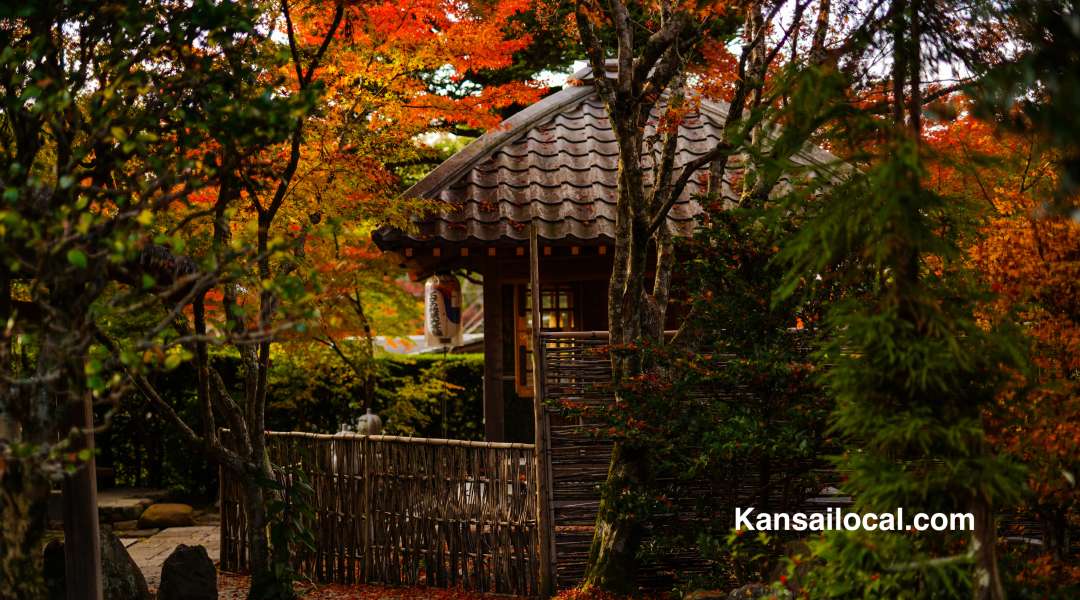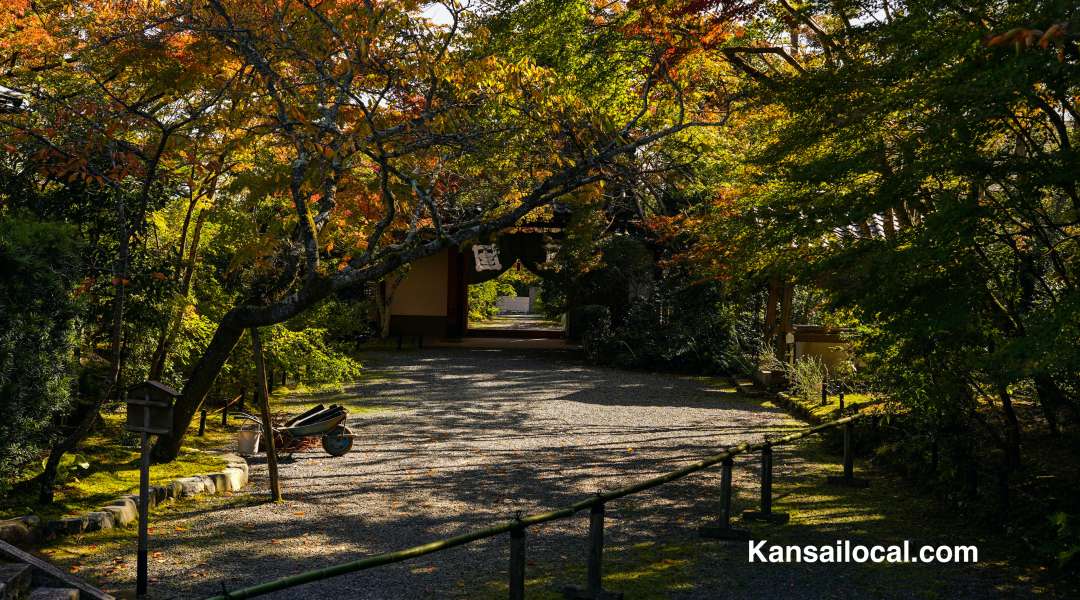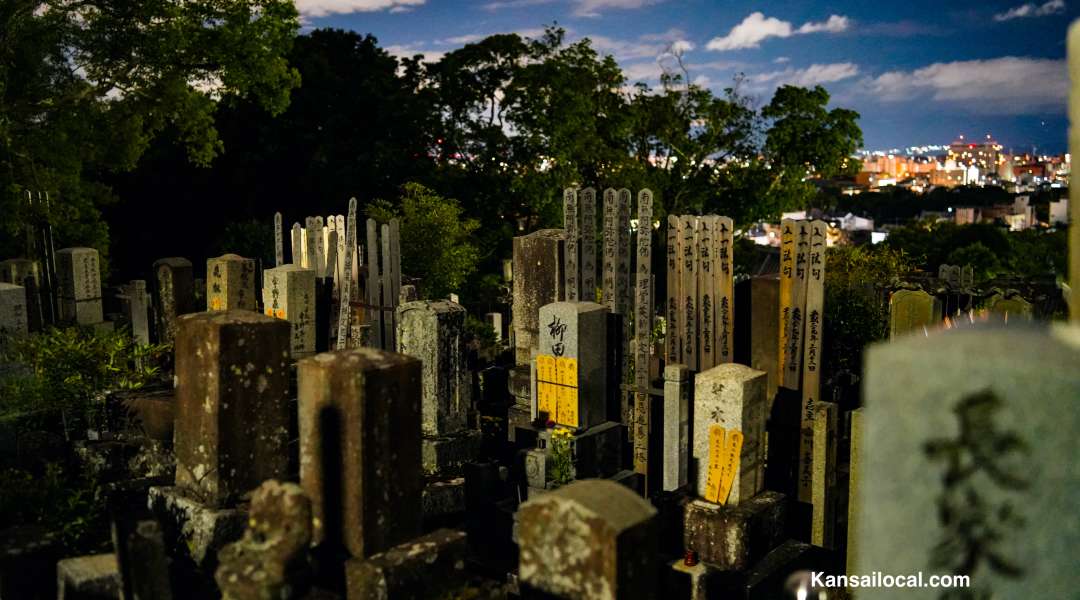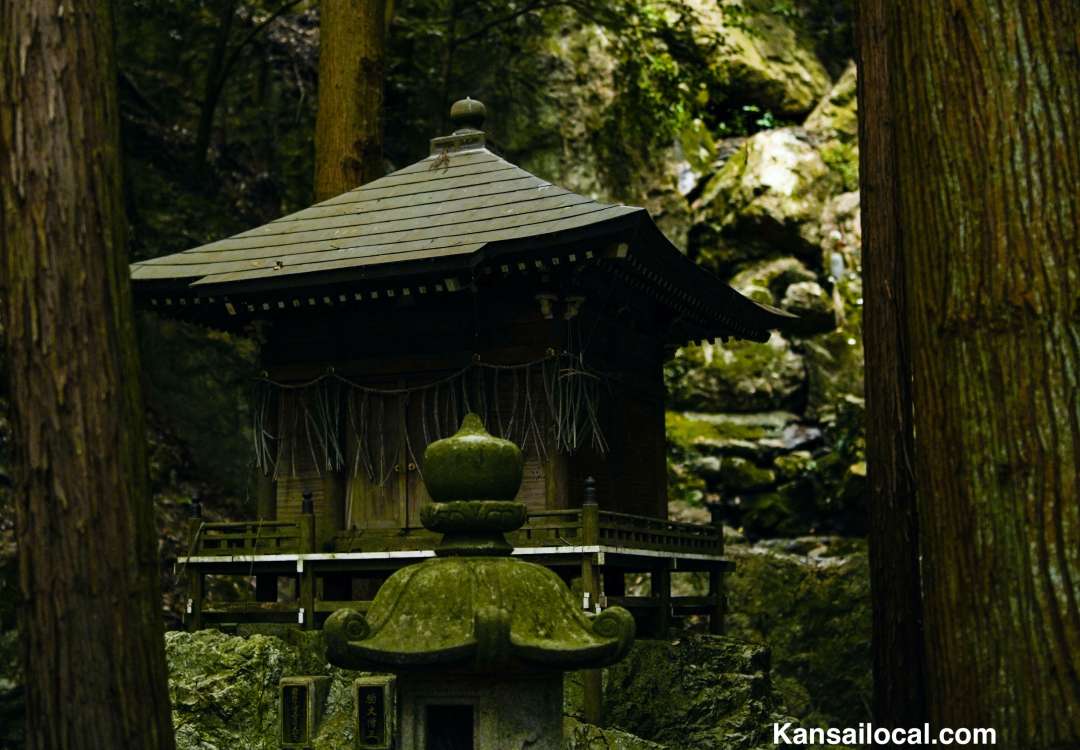
Kyoto, the cultural capital of Japan, the must-see city that embodies everything that is true and quintessentially Japanese. Once the capital city of Japan for more than 1000 years, and with one of the largest collections of UNESCO World Heritage sites, it is the one place in Japan that you absolutely must visit. However… the recent enormous surge of tourism in Japan, especially to places like Kyoto, has sadly resulted in the chipping away of the cultural purity of the city. The very things that are charming in Kyoto have been replaced by huge high capacity hotels and tourist traps. Most of the main temples that are on the ‘must visit’ sections of all the travel websites and guides are so crowded that you’ll be fighting through a sea of selfie sticks and screaming kids to get that epic insta photo.
Allow me, Edgar Whalley, to guide you around the best off-the-beaten-path places Kyoto has to offer that will show you the real essence of the city and traditional Japanese culture.
Temples, shrines, and a few more temples… and shrines.
With over 2000 temples and shrines in Kyoto alone, there is no way you will be able to see even 10% of them. And the main few temples are horrendously overcrowded. But fear not my dear intrepid traveller, here are a few of my personal absolute favourites that have a great atmosphere, not many visitors and still have that untouched feeling.
Anrakuji

One of my favourites. Anrakuji is a charming temple just a minute walk east up the hill from the philosopher's path, in the very beautiful and historic district of Higashiyama.
Anrakuji is a temple of the Judo Shu Buddhism sect and was founded in the 13th century and is particularly stunning in autumn. Strictly only open during the spring and autumn seasons, but apparently you can get in via a small side door to the left of the main gate. Best bet is to come during autumn, where the autumn leaves are stunning, and the spring where you can observe the beautiful cherry blossom. There is also a very cute vegan cafe as part of the temple with a very relaxing area to sit, drink coffee/tea and eat cakes while sitting around a fireplace, observing the stunning cherry blossom/autumn leaves.
Admission Fee: ¥400
Opening Hours: 9:30am - 4pm
Myoshinji

Myoshinji is a large multiple zen temple complex. The area itself you can walk around in a few hours, and has around 50 sub-temples in the complex. It was founded in 1337 and is one of the main head temples of Rinzai sect of Zen Buddhism.
Myoshinji really is an interesting place to visit: there are around 50 little temples in the area, of which 4 are open all year round and a few are open seasonally. They cost around ¥400/500 to enter and opening times are the usual opening times. The best thing to do is to just stroll around the winding streets between the temples and enjoy the stunning old architecture. It's almost like being in an old samurai movie. You get a nice little taste of Japanese local life as school kids go home from school and local salarymen or mothers tinker along on their bikes. All in all a great place to spend the afternoon exploring.
Joshoji

Joshoji is a fascinating and beautiful temple in the Northwest hills of Kyoto, with a gory secret. Joshoji is one of only a handful of ‘bloody ceiling temples in Kyoto, and indeed Kansai. To cut a long story short, late in the 15th-16th century, Japan was rife with feudal disputes, wars over power and control.
The Shogun (warlord) at the time was taking over areas of Japan in order to unify his power. There was a stronghold at Fushimi Castle that was garrisoned by 2000 of Tokugawa's troops. Led by one of his most loyal supports, they learned that a force of 40,000 troops was approaching. When their numbers were reduced down to 10, they decided to honourably disembowel themselves ('Seppuku' or 'Harakiri'). Their blood and guts spilt all over the floor and soaked into the wood. Fushimi castle remains were then sent to other temples and castles in Japan, and the blood-soaked floorboards are now within the ceilings of 5 temples in Kyoto. So as you walk around Joshoji, keep an eye on the ceiling and you may see stains of Japan’s gory history.
Admission Fee: ¥300
Opening Hours: 8:30am - 5pm
Fushimi Inari… at night

Fushimi Inari Taisha is probably one of the most visited historical and religious sites in Japan. During peak hours it’s like the central line during rush hour in London. For those who don’t know London, imagine not being able to raise your arms because you are being squished by 345 billion other tourists trying to take photos. But wait, why am I recommending you go to the busiest site in Kyoto? Well, go at night and apart from the shrine's infamous ghosts you'll have it all to yourself! In fact, a few of my guests on my epic tours experienced something very very strange there. So for those thrill seekers and wannabe ghost hunters, here you go. My advice is to go after 10 pm when it's dark. Go on, I dare you.
Kurodanicho and the Kurodani Cemetery

One of my favourite spots in Kyoto to explore for the day and take photos is Kurodanicho park. Slap bang in the middle of the east-central area of Kyoto is this large hill with a very interesting cluster of little temples and an enormous cemetery. It’s pretty easy to get lost in there but it’s easy to find your way out.
The best thing to do is to walk around Konkai Komyoji and Konkoin temples (they will be closed if you go in the evening) but you can still have a spooky stroll around the area. The gates are stunningly impressive and you get a fabulous view over the city.
The cemetery is also great fun to stroll around, albeit very spooky. Keep an eye out for the afro-haired buddha statue! If you are brave enough, or an adventurer of the intrepid variety, try exploring the cemetery and area at night. It’s super spooky and a great thrilling adventure. But please respect the area. It is a very spiritual place, with many temples and graves, it’s not the place to lark around and be noisy and disrespectful…. You may get cursed!
Spiritual Waterfall behind Nanzenji

Nanzenji is one of the great temples of Kyoto, so it’s worth it to visit either way. But there is a little secret ‘power spot’ as the Japanese call them, in the hills just behind the main temple area. A ‘Power spot’ is what the Japanese believe to be a place of powerful spirituality. There is one of these power spots in the form and a spiritual shugendo waterfall, where the mountain monks often come and perform their Takigyou ritual. If you walk up past Saishoin Kotoku-an, on the right-hand side of the temple you will see a small path that leads into the mountain. Follow that path and about 250 meters the path, you will see this small shrine and the waterfall. If you are lucky enough to see the monk passing by, just show your respects by bowing and keeping your voice down. I actually had the privilege to pray under the waterfall while a Shugendo monk was chanting for me. I didn’t last that long as the water was ice cold, however. Pretty embarrassing as the chant is supposed to last 10 minutes but I could only stand under the waterfall for about 30 seconds!
Daineiken Garden

I wouldn’t be a very good Kyoto guide if I didn’t include a cheeky garden on this page. Gardens are a Kyoto speciality, with ‘Kyoto style’ gardens being respected and copied all over Japan and indeed the world. As you’d expect, Kyoto itself has many fantastic gardens, many of which are actually not open to the public. One of my favourite and still fairly untouched and undiscovered is the Daineiken garden, in the Higashiyama neighbourhood of Kyoto.
Daineiken was actually a sub-temple of Nanzenji, which is one of the big main temples of Kyoto. However during the beginning of the Meiji period, there was an anti-Buddhist movement and the temple was abolished, and the land was snatched back by the government. However today, it is a beautiful garden and is especially worth visiting in autumn and spring.
Admission Fee: ¥500
Opening Hours: 9am - 4:30pm
For more off-the-beaten-path knowledge, tips on things to do in Japan and epic adventure tours in Kyoto, visit Kansailocal.com.
To stay up to date with all the latest happenings in Japan follow us on Facebook and Twitter.


























































